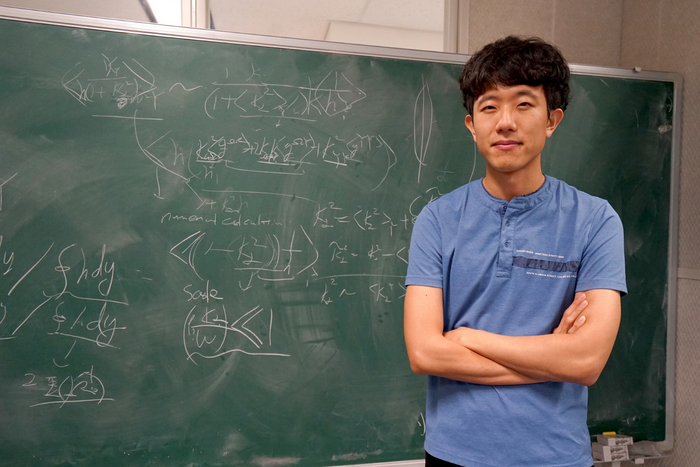The Korea Institute of Fusion Energy (KFE) reported on August 1st, 2022, that a new fusion simulation code was created to project and analyze the Toroidal-Alfvén-Eigenmode (TAE).
 Dr. Youngwoo Cho. Image Credit: Korea Institute of Fusion Energy (KFE).
Dr. Youngwoo Cho. Image Credit: Korea Institute of Fusion Energy (KFE).
Fast ions interact with the perturbed magnetic fields around them in TAE, which leads to instabilities. By releasing fast ions from the plasma core, it disrupts the confinement of the plasma in a tokamak.
Fast ions play an important role in enabling fusion reactions by raising the plasma temperatures and performance because they have significantly more kinetic energy than regular ions. Thus, one of the most crucial tasks for maintaining fusion reactions would be to confine them steadily in the plasma core.
To avoid TAE instability and boost fast ion confinement, numerous studies were carried out to comprehend the interaction between fast ions and the TAE. Dr. Youngwoo Cho has enhanced the Gyro Kinetic Plasma Simulation Program (gKPSP) at KFE to forecast and calculate the changes in TAE caused by swift ion motion.
The gKPSP, a domestically designed fusion simulation code, was primarily used for studying plasma transport phenomena before Dr. Cho added a feature to enable electromagnetic analysis. With the modification, it can now analyze TAE instabilities and has successfully undergone cross-validation with other working codes.
The new code will be used to examine the confinement effectiveness of fast ions produced by various processes, such as different heating devices and fusion reactions. By improving the confinement performance of fast ions, it is anticipated to aid in the development of technologies that will improve plasma performance. The findings of this study were published on June 7th, 2022, in the Physics of Plasmas journal.
KFE is in charge of running the Korean artificial sun, KSTAR (Korea Superconducting Tokamak Advanced Research), which broke the world record for the longest plasma operation in 2021 by operating for 30 seconds at ion temperatures of over a hundred million degrees. It will continue to challenge fusion simulation research to solve mysteries involving the instability and turbulence of plasmas.
Journal Reference:
Cho, Y. W., et al. (2022) Hybrid-gyrokinetic simulations of low-n toroidal Alfvén eigenmodes using gKPSP. Physics of Plasmas. doi.org/10.1063/5.0086570.